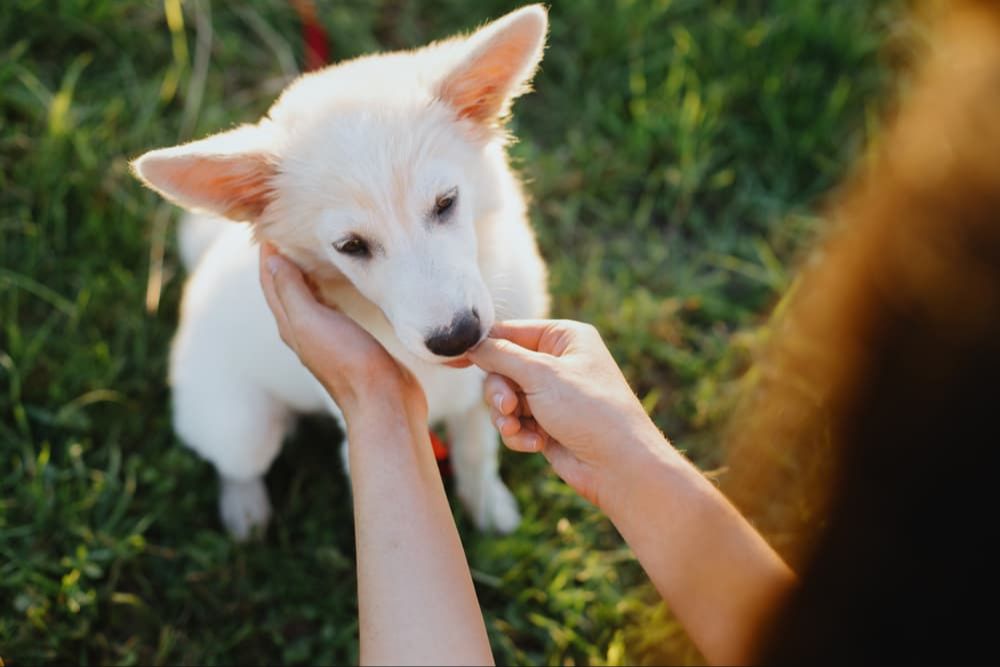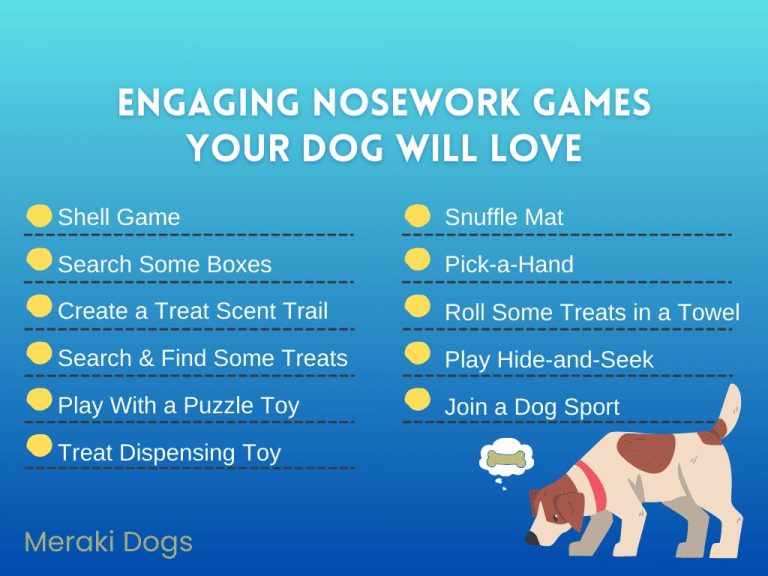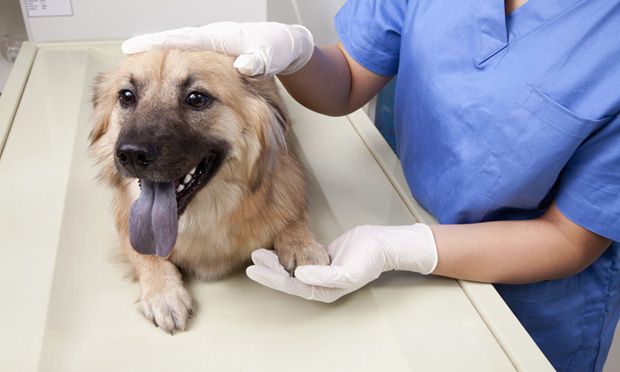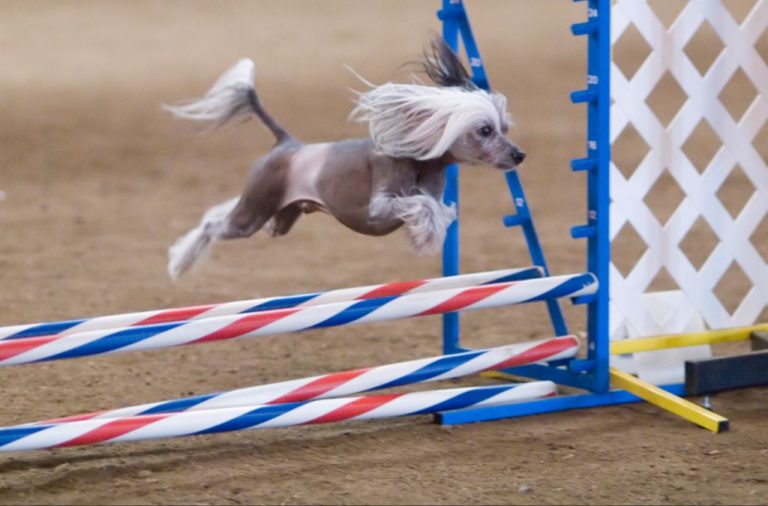Building Confidence In Your Shy Or Fearful Dog
Understanding Shyness and Fear in Dogs
Shyness and fear in dogs can stem from a variety of causes. Lack of socialization as a puppy is a major contributor, as puppies that are not adequately exposed to new people, animals, places and experiences during the critical socialization period (3-14 weeks old) are more likely to develop fear-based behaviors as adult dogs (Morrow, 2015). Genetics and breed tendencies also play a role, as some breeds like Greyhounds and Chihuahuas are predisposed to being more timid and fearful than other breeds (Hakanen et al., 2020). Finally, past trauma or frightening experiences can lead to lasting fear and anxiety issues.
There are various signs that indicate a shy or fearful dog. These include cowering, hiding, trembling, tail tucking, crouching, excessive barking or whining, and avoidance behaviors. A fearful dog may freeze, withdraw, or act defensively like growling or snarling when faced with perceived threats. They are often very hesitant about approaching new stimuli and withdrawn around unfamiliar people or dogs. Their ears may be pinned back and their bodies tense or shaking. Recognizing the body language and signs of fear is important for understanding your shy dog’s state of mind.
Studies show that deficiencies in socialization have been strongly linked to increased fear behaviors in adult dogs (Edwards et al., 2019). One study found that dogs who received minimal socialization as puppies were much more likely to develop fear-based avoidance behaviors as adults (Morrow et al., 2015). Therefore, proper socialization is an important preventative measure when raising puppies. However, even adult dogs can overcome fear issues through gradual desensitization techniques.
Creating a Safe Space
Providing your dog with a quiet, secluded space they can retreat to when feeling overwhelmed is crucial for building their confidence. This safe zone should be a den-like area such as a crate, covered bed, or small room with limited access. Place the space in a low-traffic area of your home away from noisy electronics, children’s toys, and other pets. Limit access to your dog’s safe space so they view it as their own private oasis. Consider covering crates and dog beds with a sheet or blanket to create a cave-like environment. Place familiar toys inside along with worn articles of your clothing that smell like you.
Also be mindful of limiting sensory stimuli in areas outside of your dog’s safe zone. Dogs can find things like loud noises, unfamiliar objects, other pets, and even strong scents intimidating. Try to minimize overwhelming sights and sounds when your shy dog is around. Keeping stimuli low-key and consistent will help them feel more relaxed and secure.
Sources:
https://animalsmatter.com/blogs/news/how-to-make-your-dog-feel-safe
https://www.diggs.pet/blog/pet-parenting/make-dog-feel-safe/
Socialization Basics
Socialization is key for building confidence in shy or fearful dogs. As the ASPCA notes, proper socialization involves “positive exposure to new people, dogs, places, sounds, smells and sights” (source). When socializing a nervous dog, it’s important to start slow and let the dog set the pace. Don’t force interactions if the dog seems overwhelmed. Instead, go at the dog’s comfort level and gradually increase exposure to new experiences.
Always make socialization a positive experience. Praise and reward brave behavior with treats and encouragement. For example, if your dog hesitantly approaches a new person, reward that bravery with praise and a treat. This helps reinforce that new people bring good things. Avoid punishing fearful reactions, as this can exacerbate the anxiety. Patience and positivity are key.
With time and gradual, rewards-based exposure, a shy dog can gain confidence and learn that the world is not such a scary place after all. But let your pet set the pace and don’t overdo it too quickly.
Desensitization
Desensitization is a process of gradually exposing your shy or fearful dog to triggers in a controlled and positive manner. The goal is to reduce your dog’s fear response over time by introducing triggers in a mild form and associating them with something positive so they no longer elicit fear. Here are some key tips for using desensitization:

– Start with very mild versions of the trigger. For a dog fearful of strangers, stand far away from the person or have the person sit quietly and avoid direct eye contact. For fear of noises, play recordings at a very low volume.
– Pair the trigger with high-value rewards like tasty treats, praise, or play. This creates a positive association with the trigger.
– Work in short sessions of just a few minutes, ideally multiple times per day. End sessions on a positive note before your dog becomes overly fearful.
– Very gradually introduce slightly stronger versions of the trigger over many sessions. Only progress when your dog appears comfortable with the current intensity level.
– If at any point your dog shows signs of fear like whimpering, hiding, or shaking, go back to a lower intensity level.
– Be patient and celebrate small successes. For some dogs, this process takes weeks or months. Avoid pushing too fast or you may undermine progress.
With a slow, positive, and structured approach, desensitization can help rewire your dog’s fearful response to specific triggers.
Confidence-Building Exercises
There are several types of exercises and games that can help build confidence in shy or fearful dogs. Target training, agility, and nosework are three great options to consider.
Target training involves teaching your dog to touch their nose to a target stick, hand, or other object on cue. This builds confidence by giving the dog a simple task they can successfully accomplish. Always reward and praise your dog when they correctly target the object. Slowly increase the difficulty by placing the target in new locations or adding distractions. Use high-value treats to keep your dog engaged and motivated.
Agility activities like weave poles, tunnels, jumps and teeter totters can help build physical confidence by allowing a dog to successfully navigate obstacles. Always start agility exercises slowly, providing ample praise and rewards. Increase difficulty gradually as your dog’s confidence grows. Be patient and keep sessions short if your dog seems fearful or overwhelmed.
Nosework and hide-and-seek games tap into a dog’s natural scavenging instincts. Letting your dog sniff out treats or toys hidden around the home and yard helps them gain confidence through mental stimulation and accomplishment. Start with easy hides, praising your dog when they discover the item. Over many sessions, make the hides progressively more difficult by adding obstacles or distractions.
Aim for short, frequent training sessions to build confidence gradually. Always stay positive and let your dog set their own pace. Confidence-building exercises take patience, but the payoff of a secure, happy dog is immense.
Medications
Medications can help anxious and fearful dogs cope in the short-term as well as over the long haul. There are some over-the-counter and prescription options to consider.
Short-term Anti-Anxiety Medications
For short-term anxiety relief, alprazolam (Xanax) may be prescribed. According to PetMD, this benzodiazepine is fast-acting and typically takes effect within 30 to 60 minutes. It helps reduce anxiety during events like thunderstorms, fireworks, or vet visits. However, it should only be used for brief periods since dogs can develop a tolerance.
Another option is dexmedetomidine (Sileo), which comes in a gel that is applied to the dog’s gums. According to Northgate Veterinary, this sedative provides anxiety relief within 30 minutes and lasts for around 3 hours.
Long-term Medications
For ongoing anxiety issues, long-term medications may be prescribed. Fluoxetine and clomipramine are two common options. Fluoxetine (Prozac) is an SSRI antidepressant that can be used daily to reduce anxiety. Tractor Supply Co. notes it may take 4-6 weeks to reach full effect. Clomipramine (Clomicalm) is a tricyclic antidepressant given daily or twice daily that helps dogs cope with separation anxiety, noise phobias, and other long-term issues.
While medications can help, they should be used under veterinary supervision along with behavior modification techniques for best results.
Essential Oils
Essential oils can be an effective tool for helping shy or fearful dogs relax and build confidence. Certain oils like lavender, chamomile, and CBD oil have calming properties that can help soothe a dog’s nerves. When used properly, essential oils can reduce anxiety and promote relaxation in dogs.
Lavender essential oil is one of the most popular oils for relieving dog anxiety. Lavender has a calming scent that can help lower a dog’s stress levels and induce a sense of calm. Diffusing lavender in a room or applying a diluted lavender oil to a dog’s collar or bandana can be beneficial. Just a few drops of lavender oil mixed with a carrier oil and massaged into a dog’s ears or paws can also help them relax. Studies show lavender reduces nervous behavior in dogs.
Chamomile is another essential oil known for its calming effects. The soothing nature of chamomile can help relieve nervous tension in dogs. Mixing a few drops of chamomile oil into a dog’s shampoo or food can have a relaxing effect. Chamomile can also be diffused or mixed with a carrier oil and applied topically. The gentle scent of chamomile may ease anxiety and boost confidence in shy or fearful dogs.
CBD or hemp oil has also become a popular natural calming supplement for dogs. Although more research is still needed, initial studies show CBD oil can reduce anxiety and stress in dogs by interacting with receptors in their endocannabinoid system. It’s important to consult with a vet before giving CBD oil to a dog. When used properly under veterinary guidance, CBD oil may help fearful dogs feel more at ease.
Always use essential oils safely and appropriately for dogs. Work with a vet or dog behaviorist when using oils to treat fear and anxiety issues. With proper use, essential oils can help create a calmer state of mind for shy dogs.
Appearance Considerations
When interacting with a fearful dog, your appearance and body language can have a significant impact. Here are some tips for presenting yourself in a non-threatening way:
Fearful dogs often prefer loose, flowing clothing that doesn’t constrain your movements. Avoid wearing tight or restricting outfits that can make your movements appear stiff or erratic and startle the dog. Flowy shirts or pants allow you to move slowly and freely.
It’s also important to avoid direct eye contact, which can seem confrontational. Try training your eyes towards the floor or looking off to the side. Glancing briefly at the dog and then away can help establish a connection without being intimidating.
Move smoothly and deliberately without sudden gestures. Face your body slightly sideways rather than directly approaching, and get down on the dog’s level. All of these cues convey a gentle, non-threatening presence to help shy dogs feel more comfortable.
When to Seek Professional Help
If your dog’s fear or anxiety seems extreme or debilitating, it’s important to seek help from a professional, such as a certified applied animal behaviorist or veterinary behaviorist. According to Reducing Fear of Veterinary Visits for Dogs – VCA Hospitals, a dog with severe anxiety may freeze, panic, try to escape or become aggressive at the vet’s office. This level of fear and stress is unhealthy for your dog.
Additionally, if your dog’s fearful behavior is dangerous, such as lunging, snapping or biting when scared, seek professional guidance right away. A qualified behaviorist can assess your dog’s specific triggers and help you develop a customized desensitization and counterconditioning program. With their expertise, even dogs with extreme fear can make significant improvements.
Rather than battling your dog’s anxiety alone, a veterinary behaviorist or applied animal behaviorist has the skills to identify the root cause and create a detailed behavior modification plan. Your dog’s quality of life will greatly benefit from this tailored guidance and support.
Being Patient and Setting Realistic Expectations
Helping a shy or fearful dog gain confidence takes time and patience. Many fearful behaviors are deeply ingrained, so try not to get frustrated by lack of overnight success. Celebrate small victories and focus on gradual progress.
Set small, achievable goals and build on them. If your dog is afraid to leave the house, the first goal may simply be stepping outside the door. Praise and reward this accomplishment, then work up to walking down the driveway, then to the sidewalk, etc. Break goals into baby steps and don’t move too quickly.
Try to evaluate progress over weeks and months, not days. Look back and consider how your dog’s confidence has improved over time. Reframe setbacks as temporary rather than total failures. Some days will be better than others.
Also, be realistic about your dog’s inherent personality and limitations. Not every dog will become totally comfortable in all environments. Focus on boosting confidence during daily life and activities.
Most importantly, be patient and give your dog time to overcome fears. With consistency, positive reinforcement, and an understanding atmosphere, you can help build up your anxious dog’s resiliency.
For more tips, see this helpful article from Whole Dog Journal: How to Build Confidence in a Fearful Dog





